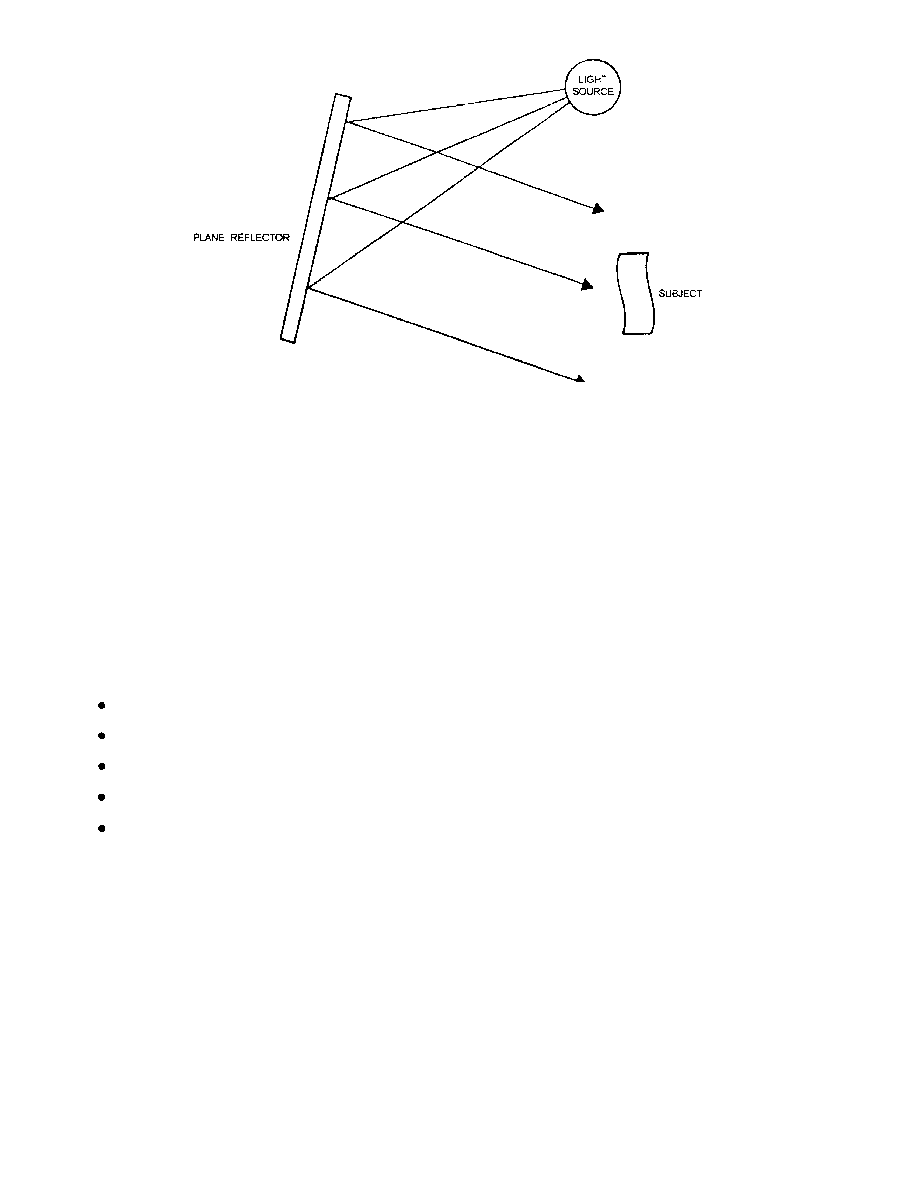
DOFMaster
for Windows
On-line
Depth of Field
Calculator
DOFMaster for Mobile Devices
On-line
Depth of Field
Table
Hyperfocal
Distance Chart
Articles
FAQ
Recommended
Books
Support
Contact
Links
Home
for Windows
On-line
Depth of Field
Calculator
DOFMaster for Mobile Devices
On-line
Depth of Field
Table
Hyperfocal
Distance Chart
Articles
FAQ
Recommended
Books
Support
Contact
Links
Home
As an Amazon Associate I earn from qualifying purchases.
![]()
aberrations as if they were important. They may make
an interesting subject, but knowing all the details about
them does not help you to take better photographs.
Important matters that will improve your skill as a
photographer are knowing how to control the factors,
such as exposure, composition, lighting, and lab work.
Let the lens designers and manufacturers worry about
the lens aberrations. However, just so you know what
these lens aberrations are, a brief definition is provided
lens resolution. If you want to discuss resolution, talk
pinhole in a piece of thin metal or black paper. Of course,
only an extremely small part of the light reflected by a
camera. When the pinhole is large, it allows more light
rays to enter but blurs the image. This blur is really an
overlapping of several images. Images produced by
large and small pinholes are the same size, but one is
blurred, while the other is sharp. A photographic lens is
refracts light rays so an image of a desired scene is
formed on the rear wall of a camera. A lens transmits
more light than a pinhole. It increases the brightness and
improves the sharpness of an image. The basic principle
of a lens-any lens-is relatively simple.
This pinhole forms a second image. When these two
images could be made to coincide, the result would be
an image twice as bright as the original. Now, consider
other side, and a fifth below the first. All four pinholes
project separate images slightly removed from the first
or center one. When these four images are made to
coincide with the center one, the result is an image five
times as bright as the image made by the one center
pinhole. By using the principle of refraction, you can
make these four images coincide with the center one. By
placing a prism behind each pinhole, you are causing the
light that forms each of the four images to be refracted
and form a single image. In other words, the more
pinholes and prisms used, the brighter or more intense
the image. A lens
Basic Photography Course

As an Amazon Associate I earn from qualifying purchases.
WWW.DOFMASTER.COM
© 2006 Don Fleming. All rights reserved.
© 2006 Don Fleming. All rights reserved.